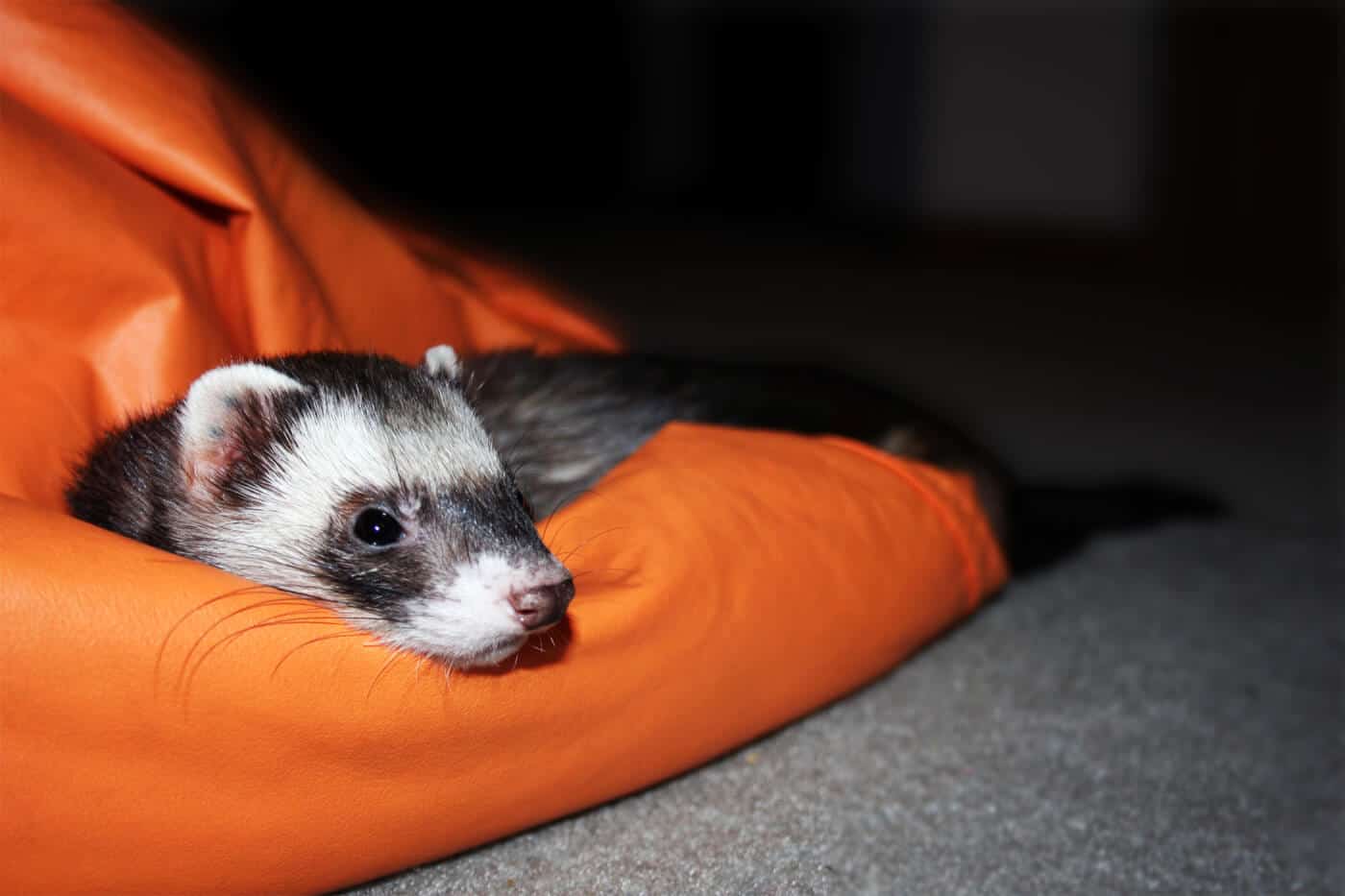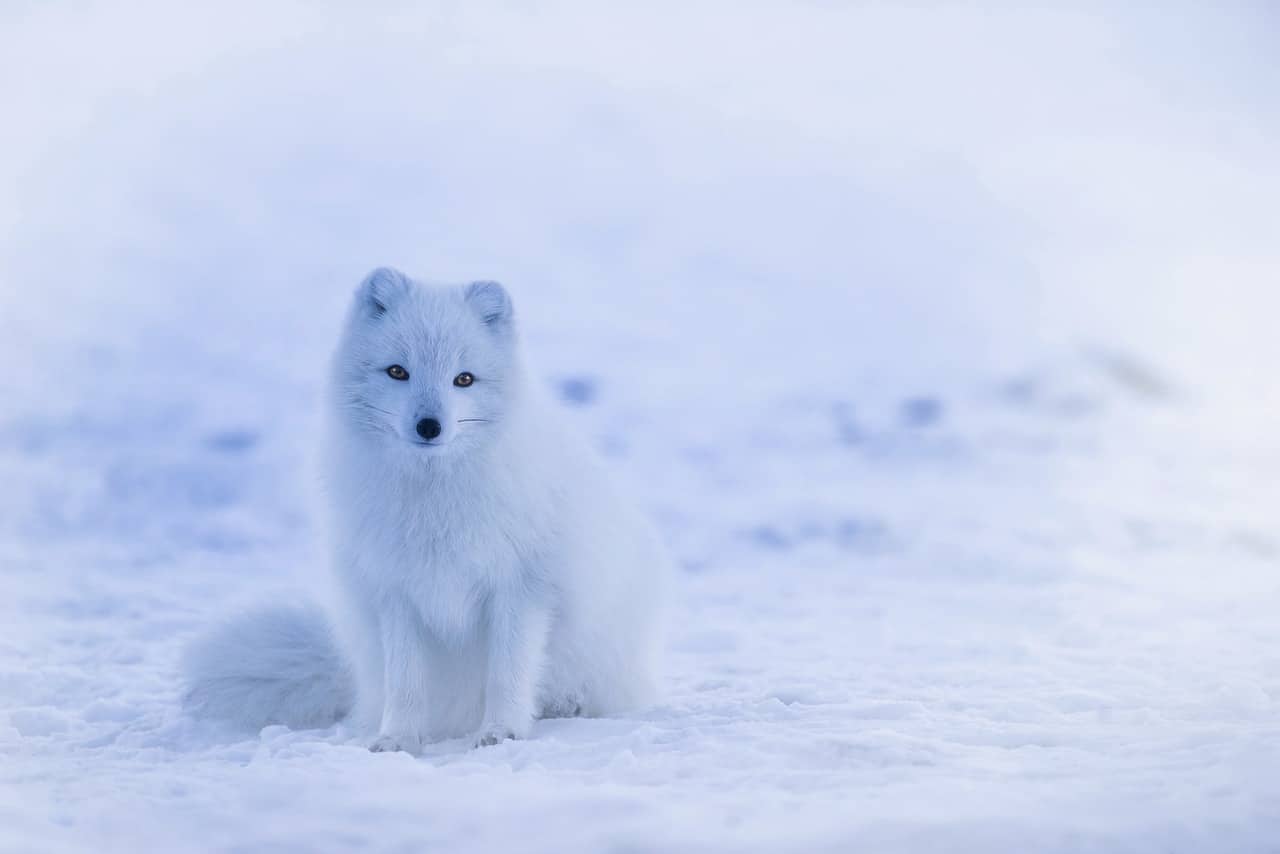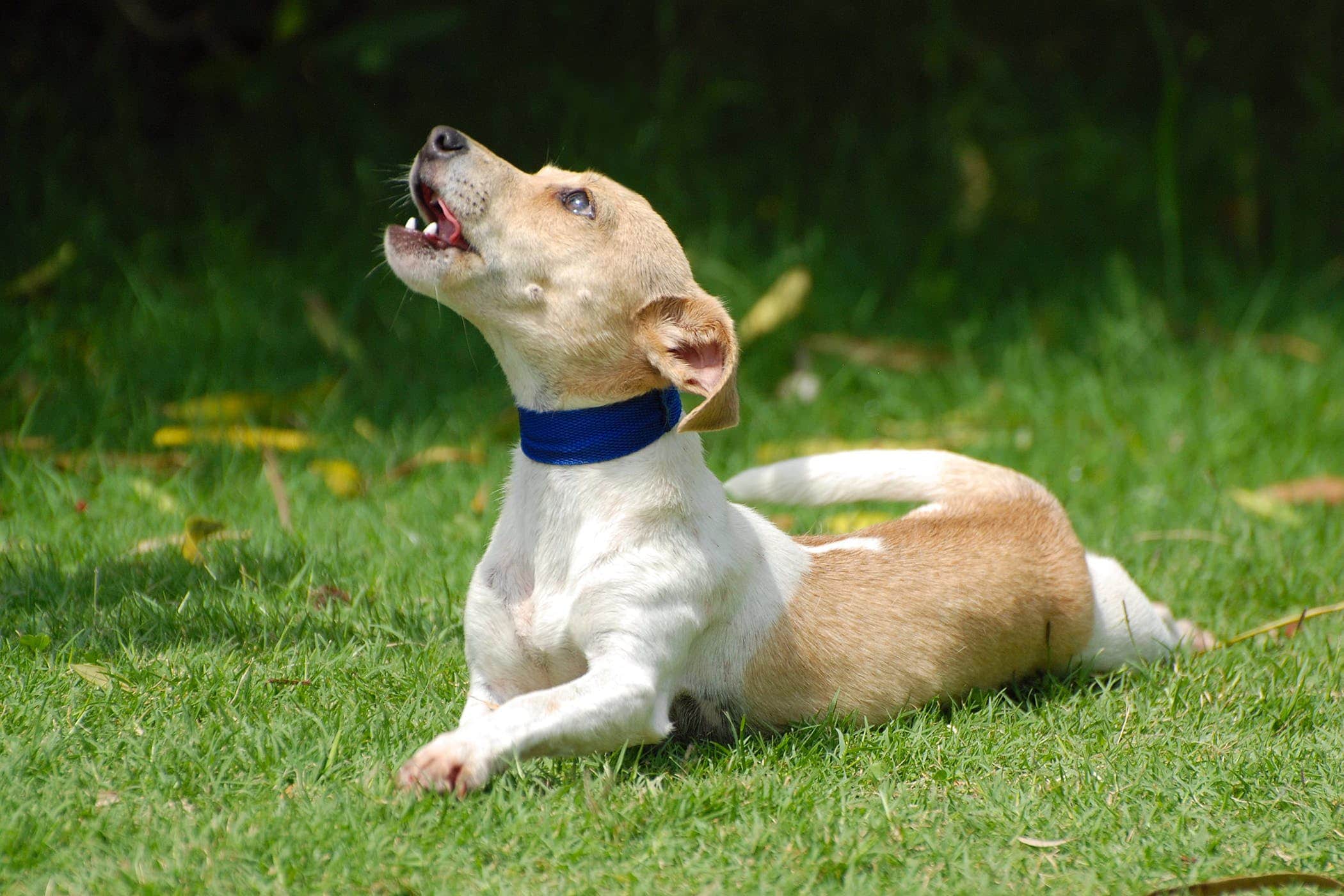Obesity is a problem for humans, but every other species can also be affected, and it is as unhealthy for them as it is for us. I mean, nobody wants to be called fat; not even your rabbit.
When your pet rabbit becomes obese, it is considered a welfare issue, and you should be concerned.
What causes obesity in rabbits?
Obesity is rabbits is primarily caused by overfeeding but this as a standalone factor cannot affect a rabbit that is active. Just like when humans overfeed and live a sedentary lifestyle, rabbits that eat too much and do not engage in activities that help them burn energy can become obese.
Because a majority of pet rabbits are confined to their cages for most of their lives, they bulk up and look lazy because there is no room for them to exercise their bodies.
That cute looking sugary treats you may be feeding your pet rabbit also play a role in making it obese. While you may be thinking of how happy your pet may feel to indulge in those snacks you get from the pet store, the fact remains that your rabbit doesn’t care what it’s food looks like as long as the food can go into its mouth.
Your furry sweetheart was created to be a hopper and a runner, but most of the time these adopted rabbits are kept in cages and only allowed a few minutes (if at all) to jump around. And as we already know, for every species of living thing that can get obese, staying in a stationary position and doing nothing is the primary culprit behind weight gain.
When your rabbit has nothing to do, it becomes boring and engages only in eating, sleeping, pooping, and gaining bad weight.
Who do you know your rabbit is obese?
When your rabbit has more body fat than it needs or is healthy for its body size, it is obese. Every species of the rabbit has a different breed standard that helps you know what size and weight are standard for your rabbit.
With these guidelines, you and your vet will be able to tell what weight can be considered as too much weight for your rabbit. If you can assign a body condition score to your pet, you will be better enabled to know when your rabbit is bulking up or shedding body weight.
What is a body condition score?
When we talk about a body condition score, we are referring to a series of numbers that correlates to some particular physical attributes and a majority of body condition score scales are from a number one up to a number five.
With number three being the middle number that signifies normalcy in your rabbit’s weight. The easiest way to defer your rabbit’s weight is through the ribs. If your rabbit’s ribs stick out too much, you need not be told that it is underweight. When you can feel your rabbit’s ribs with your fist but not see it, then your rabbit is excellent.
However, when you can’t feel or see the ribs of your furry guy, and he looks like Santa, then you know what’s up. Nevertheless, your vet might have other techniques of checking your pet’s weight.
Why is obesity in rabbits a bad thing?
Obesity has been linked to a variety of diseases in different species, and the rabbit is also affected. Conditions such as pododermatitis, pregnancy toxaemia, myiasis, and even ileus among many others.
There is some other factors asides obesity that can lead to these diseases, but that would mean pointing fingers at pet owners ( let’s rule that out for now).
Myiasis is a rabbit disease that can be traced to maggot infestation. This occurs when rabbits are unable to clean themselves properly due to overweight and their restriction to a small space. The dirty areas on the body of the rabbit can attract flies which will lay eggs that will grow into maggots and infect your pet.
If you do not have the time to check and clean your pet regularly, this mess will go unnoticed. Maggots can cause secondary infections, unrepairable wounds, and internal damage to your rabbit.
Another name for Pododermatitis is bumblefoot, and it is caused by obesity due to the sedentary lifestyle of rabbits. A rough and unclean surface can be a contributing factor, but the primary cause of this condition is the weight of the rabbit’s body on its hock and feet.
A bumblefoot can be really painful for your pet and challenging to treat. A sign of bumblefoot is limping, but how can you know a rabbit is limping if it’s kept in a small cage where moving around is a luxury it can’t afford?
GI stasis or ileus is the most common problem pet rabbits suffer from especially because it has many causes. Obesity itself cannot make your rabbit to lose interest in eating, but the many conditions associated with obesity can.
Obesity just might have a host of other terrible consequences on your pet that are yet to be discovered, but for now, the above are the few we have gathered.
Preventing obesity in rabbits
The most commonsensical thing to do in order to keep your rabbit’s weight regular is to feed it with the right amount of food at the right time and ensure that it gets an adequate amount of exercise on a daily basis.
Feed your rabbit with natural food like grass hay and reduce the number of pellets and treats that you feed it because those are not only expensive but the major cause of obesity asides lack of exercise.
Feed your rabbit with healthy fruits and vegetables like carrots in place of treats, and you should only give them these fruits and vegetables when you are in the mood to feed them something special. Avoid fatty foods that the pet store try to coax you into buying as they are terrible for your pet.
Instead of caging your pet rabbit, give it a room of its own but make sure the room is secure so your pet doesn’t run off. This provides the rabbit with enough space to exercise and stay healthy.
However, If you must cage your pet, it is good you make sure to get a place where it can exercise for at least two to three hours every day. This is vital because, in the wild, rabbits are a happy creature who enjoy running several miles daily and eating only foods that are good for them.







